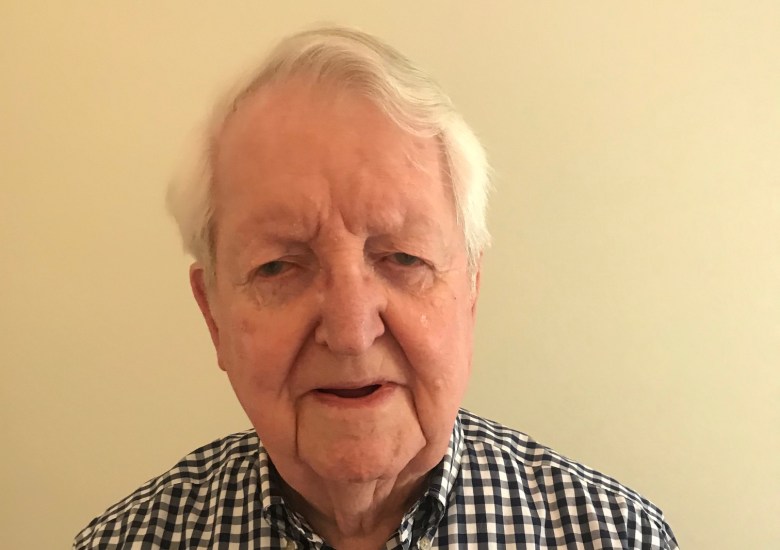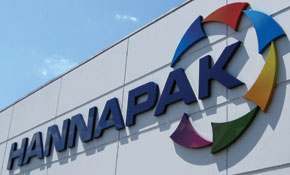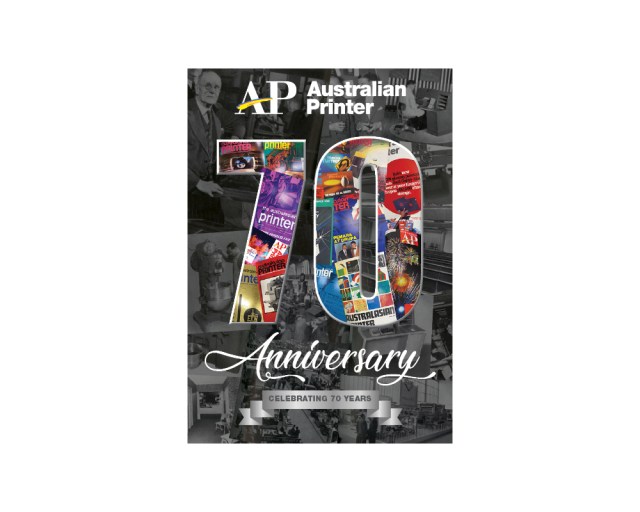
This article was first published in the November 2020 issue of AP
Now in his early ‘90s, Neil Mulveney has had a long-standing career while he was in print. Back then, the industry piqued his interest when, at the age of around 11 years old, he delivered ‘copy’ to E. Angelo & Sons, commercial printers in Campsie, on behalf of his late mother.
Fascinated that the ‘copy’ he dropped off returned a few days later as a printed result, Mulveney got ‘hooked in’ to the concept of printing.
When he turned 19, his late brother purchased an ADANA Hobby Printing Press from Anthony Hordern and Sons. At that time, Mulveney was as a salesman with a soft goods and furnishing warehouse in Sydney.
“I had always been very interested in printing. I began producing social printing, whilst still employed, then moved into business stationery. I then decided to resign my job in sales and made printing my new career,” he said.
“From a garage in the back yard of my parents’ home, I began trading as Dalnor Press (my brother Ronald’s name, backwards). This, was the beginning of what was to become Champion Press.”
Mulveney’s business quickly outgrew the garage and was moved to a shop and dwelling on Stanmore Road, Petersham, in 1954. He acquired his first Heidelberg press, a 10 by 15-inch platen – a giant platen for its time – a small Heidelberg cylinder press, and his first KORD offset press.
The business was there for seven years before it moved to Marrickville, when he purchased another KOR offset press, then a single colour Heidelberg RON offset press. In 1968, Dalnor Press bought out the Langlea Printery, which was located in St Peters, and combined the two plants into the Langlea premises. Champion Press was founded as a result, in 1967.
“We built on the business of Champion Press. We moved again in 1975; land was acquired in Campsie and a new purpose built building was constructed. By now, the company had become a Roland house, with Favorits, both single and two colour, Rekord in single colour, and a four colour Parva. We also had a Muller Martini binding line, Stahl folders, and a Polar guillotine,” he said.
Mulveney attended his first drupa in 1967, and continued to do so until 2004.
“That very first trip overseas opened my eyes to a whole new world – not just in printing, but a vision for my life,” he said.
“In 1987, I visited the US with a view to purchase a narrow web Harris M110 5 colour web offset press. This was the beginning of a whole new phase for the business as we could then print both sides of the sheet simultaneously, dry it, and fold it, ready for the finishing processes. For me, this was the beginning, of creating ‘in-line’ finished products.”
The business grew rapidly and it was necessary to move once more. Mulveney purchased five acres of land at Minto, and an 80,000-square foot complex was created. Another Harris M110 was also installed.
“These presses were very hungry and needed supporting equipment. There were products that I had seen in the US for this, but were unavailable here in Australia as it was a much smaller market. This led us to build our own equipment,” Mulveney said.
“The manufacturing of our own equipment was largely the result of David Llewellyn, our technical director. He was an English man who had been attracted to this country. How very fortunate were we that he joined Champion Press.
“We were also fortunate to have Doug Alexander join Champion Press as sales director and his skills, together with a team under his direction, were able to generate the sales required. They were selling products, that had never been seen in this market, made in-line. Without the sales and marketing approach of Doug and his team, we would not have survived.”
As the printing industry has always been known to be capital intensive, Mulveney added that forming a close relationship with UDC (United Dominions), which worked closely with the printing industry, led to Champion Press’ finance of equipment.
“The NSW manager, Brian Chittenden, was of great assistance to us over many years. Without his able assistance, we would not have arrived where we did,” Mulveney said.
In 1987, Champion Press was approached by Hannanprint, by Michael Hannan, and Champion Press got acquired by the latter in February 1987.
“We could not have had a better outcome. The summation of the work of many paid off. The Hannan family were outstanding to deal with, and very accommodating to our staff,” Mulveney said.
Mulveney said he has seen much changes happen (and still continue to happen) in the print industry in his time, especially with the growth of digital.
“The industry has changed so much, and there is still a lot more to come. I see the largest growth area for print in packaging, although one of the biggest problems for the trade remains in recycling,” he mentioned.
At almost 92 years of age, Mulveney still has great affection for the trade.
“I am more than pleased that I am no longer in business. Like many of my contemporaries, I’ve had the best years in print. I now fill my days very well with hobbies and old friendships,” he added.
Comment below to have your say on this story.
If you have a news story or tip-off, get in touch at editorial@sprinter.com.au.
Sign up to the Sprinter newsletter


